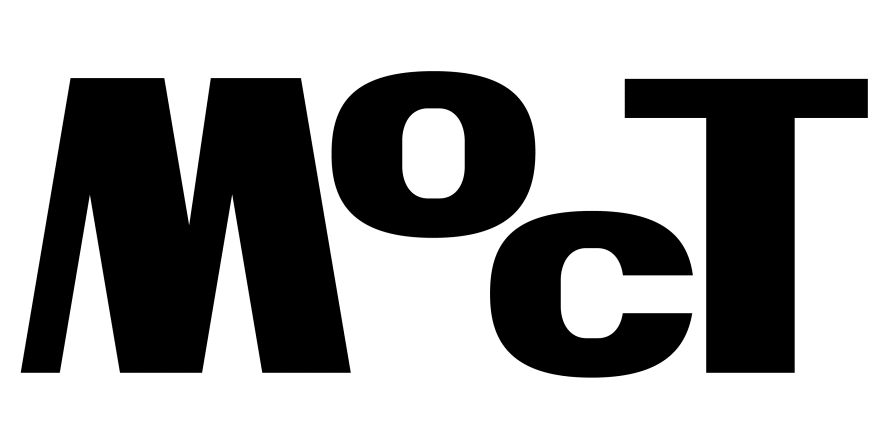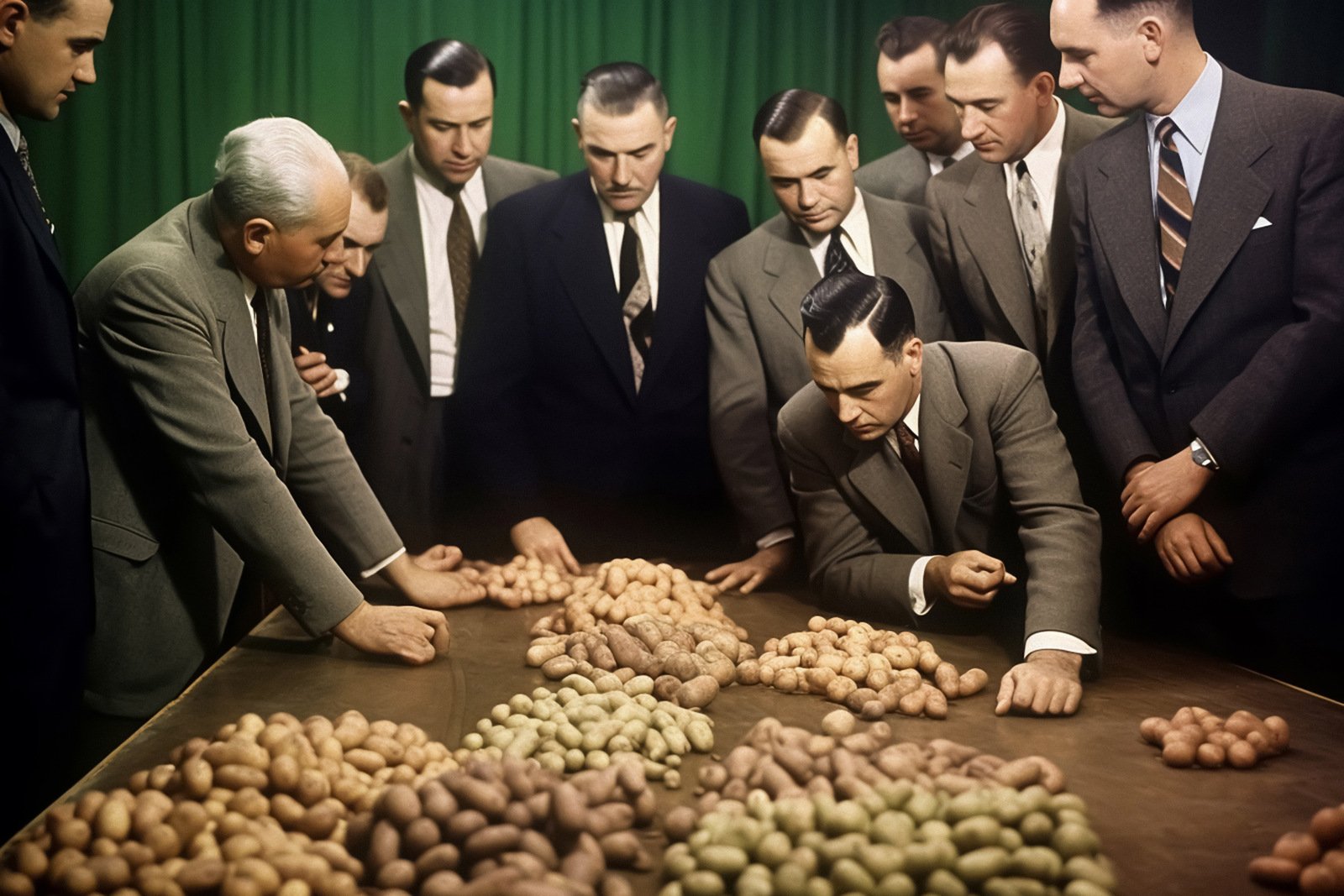Ewa Borysiewicz
Marshall McLuhan’s endlessly cited maxim, “the medium is the message,” turned 80 last year. In Understanding Media: The Extensions of Man he argued – quite straightforwardly – that every new technology, as an external extension of ourselves, reshapes personal life and society by altering the very scale at which we perceive and interact. Yet, overruling McLuhan’s own intent, one may summon the sentence when thinking of those moments in art history when a fresh medium emerges and a new artistic genre begins to crystallize.
In contemporary art, when the medium becomes the message, it’s rarely a good thing; maintaining a healthy tension between medium and message is preferred. Acquiring this balance in new media is notoriously tricky, it is an uncharted territory afterall – tilt too far toward the medium and one may end up in the realm of empty formalism; leaning too heavily on the message risks falling into a trap of didacticism. Artworks that strike this balance endure – rooted enough in the present to resonate now yet supple enough to carry their meanings into the future, without relying on technological novelty that will fade with the next invention. These are the dilemmas in front of artists working in digital art, which apart from technological proficiency, demands the courage to walk that tightrope and push the field forward.
Fostering this spirit is precisely the mission curators Françoise Poos and Vincent Crapon have set for Elektron, the Luxembourg-based platform devoted to digital arts, the second edition subtitled Hybrid Futures opened in May. The curatorial framework rests on two kindred metaphors – both foregrounding becoming, non-hierarchy, and multiplicity – one of the rhizome, conceptualised by Deleuze and Guattari, the other: meshwork, shaped by Tim Ingold. The former, rooted in language and theory, suggests a densely interconnected structure where a single point can connect to any other; the latter, more embedded in materiality, imagines relationships as emergent flows rather than fixed lines. While the rhizome has long animated discussions of digital networks and AI-generated art, pairing it with the meshwork adds a concrete, bodily dimension to Elektron’s conceptual framework. Setting the two together, the curators let the audience grasp digital media – and digitally created art – as forces that act simultaneously on minds and bodies, human relationships and manmade infrastructures, ideas and actions.
In line with rhizomatic and meshwork thinking – or perhaps because of it – Elektron takes a deliberately grounded approach, contradicting the transcendence usually associated with digital media. Set in Centre Mercure, a working class shopping mall in Esch-sur-Alzette, a former mining and steel town hit hard by the economic crisis of the 1970s, the festival embodies the city’s slow transition from an industrial economy to a post-industrial one to forge a new identity: one that is not defined by the crisis, but a future that grew around it.
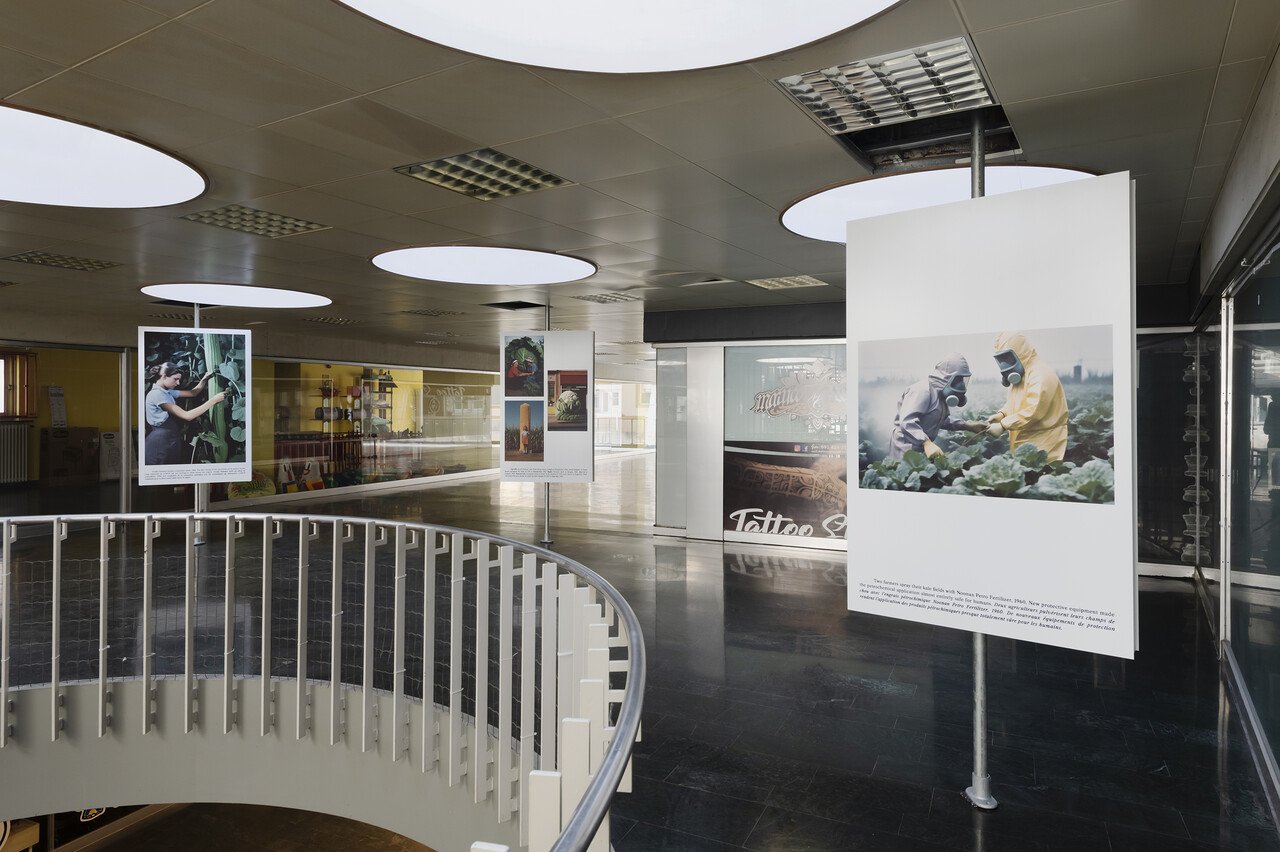
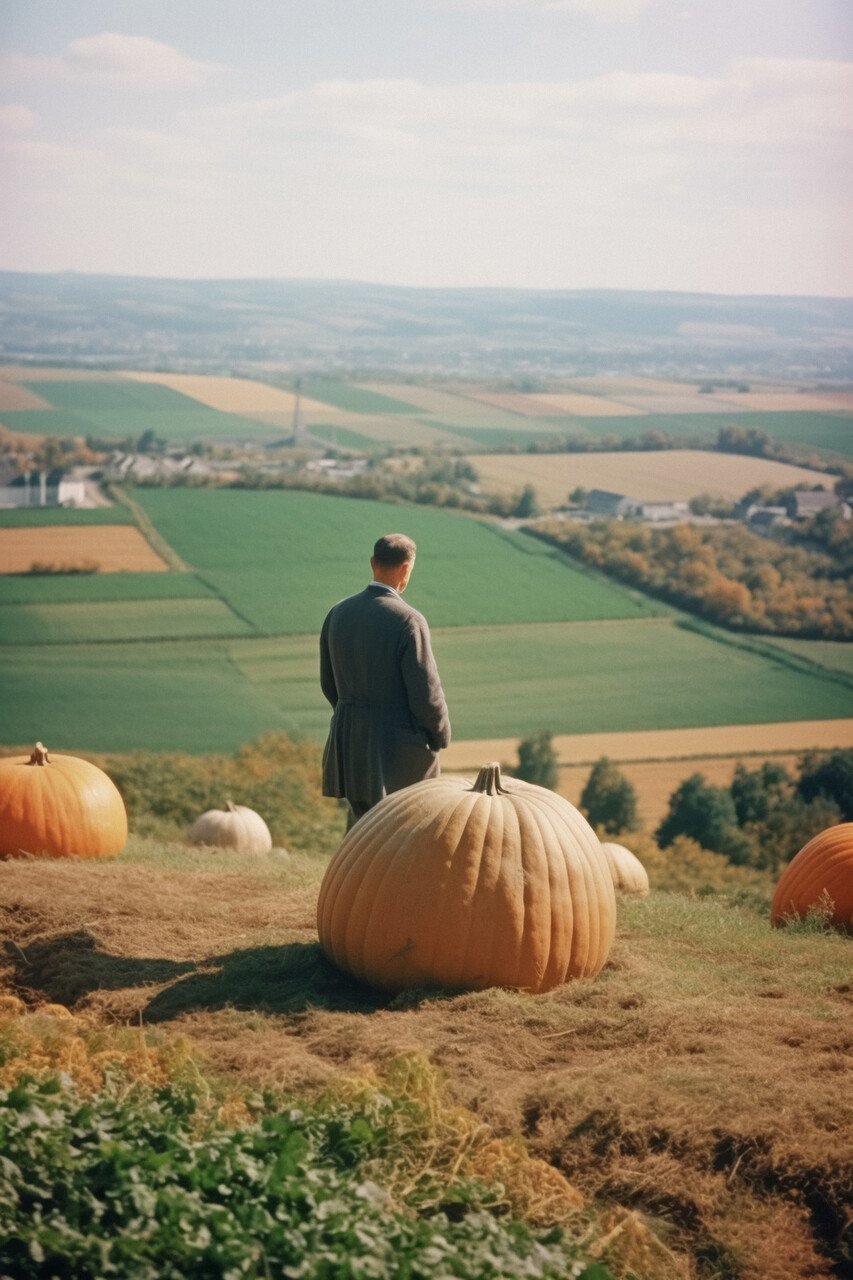
The heart of the festival is a densely packed exhibition surrounded by small businesses and shops. But before the viewers enter the exhibition space, they are led deeper into the building by Bruce Easley’s New Farmer (2023), an installation unfolding in the main corridor of the mall, in an arrangement consisting of a suite of printed photographs mounted on large plates atop metal poles, resembling an educational exhibition. The artist used AI-generated imagery to weave a story set in an alternate world eerily reminiscent of the US in the 1960s, where experiments with a new type of fertilizer led to exuberant – surreal, even – crop growth. The images show lab experiments, proud displays of dream-sized fruit and picture-perfect farm landscapes, all gently hinting at the parallels between the growth of life and the swelling of the sphere of digitally manufactured images, both consumed – ever-larger, ever-more complex, endlessly devoured. The fusion between fact and fiction is not momentarily apparent, instead, Easley does not explicitly disclose the details of his creative process, rather hinting at it, allowing the viewers to slowly discover the history of the world unfolding in his photographs.
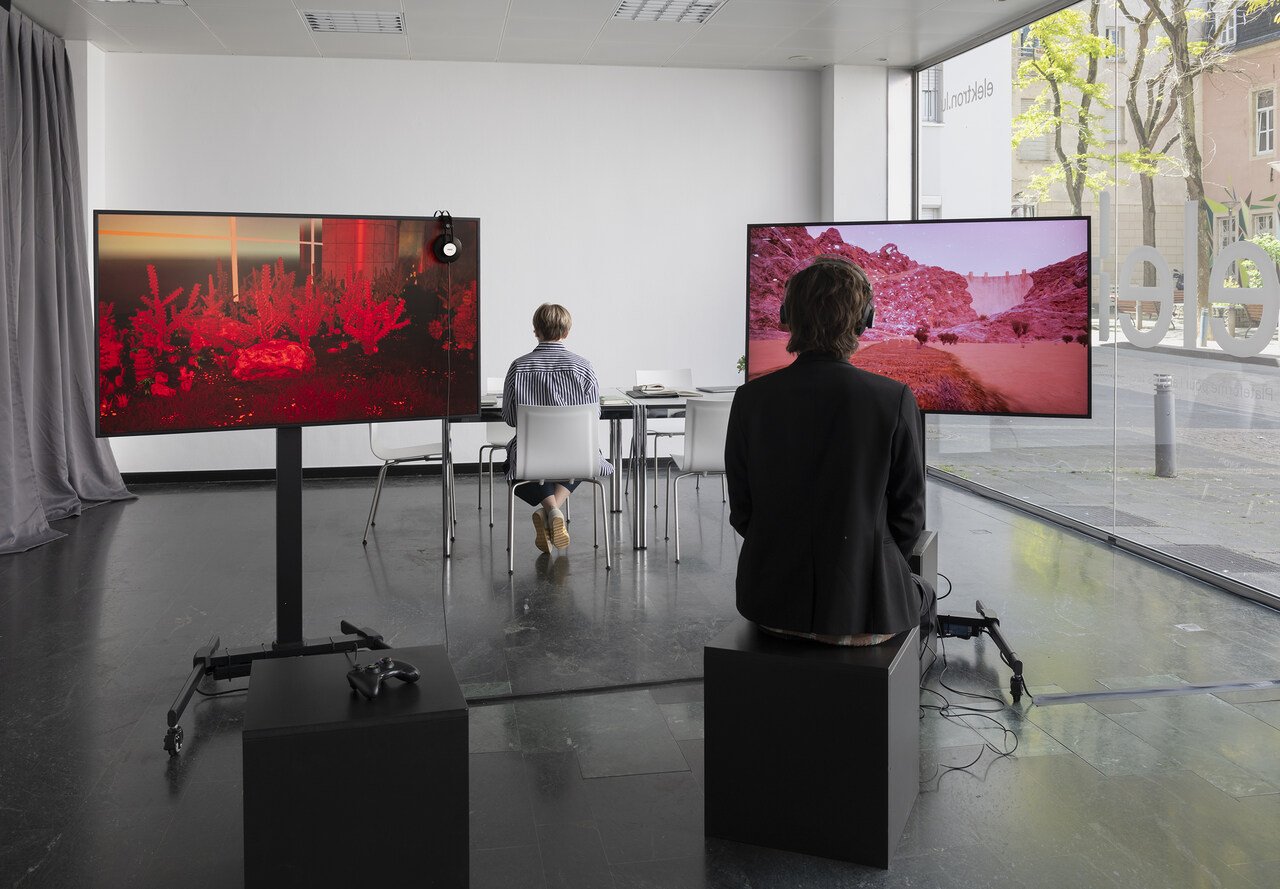
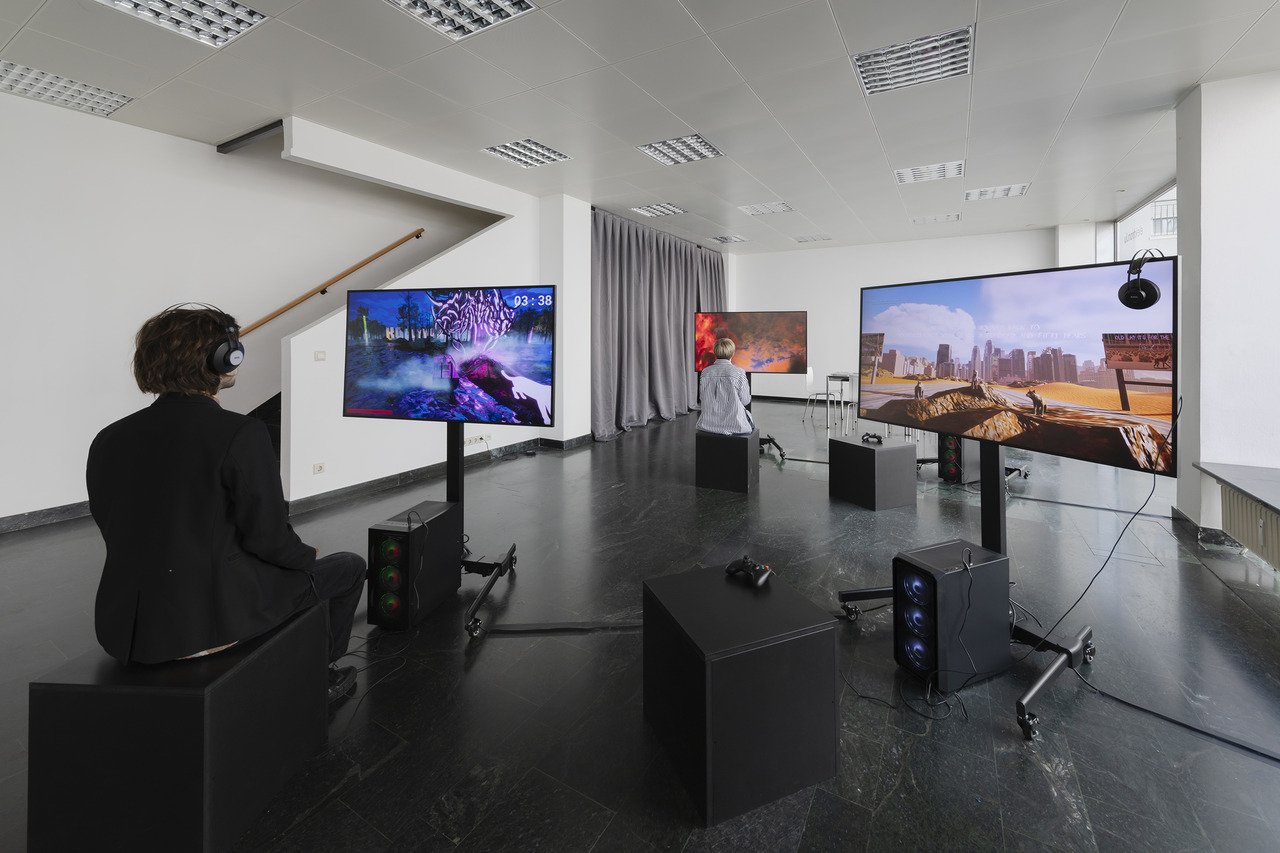

The exhibition spans two floors and a basement space of Centre Mercure and opens with Alice Bucknell’s The Alluvials (2024), a video-game installation that invites viewers to inhabit non-human bodies in a climate-ravaged landscape. Visitors can pick up a controller at any of the four gaming stations and assume the form of fire, a river, a moth, or a pack of wolves. The game design draws from the popular walking-sim genre, where – rather than win-lose scenarios – the core activity is exploration, a focus on environmental storytelling, and advancing the narrative at one’s own pace. Additionally Bucknell, in a risky move, introduces friction in the gamer–game relationship: controlling the protagonists is non-intuitive and glitchy, making it difficult to explore the game surroundings. It is meant to, as the artist warns, illuminate the incompatibility between human and non-human experience and to show that projecting the particular logic of human consciousness onto another being’s mind (if it even has one) is misguided. The clunky controls in Bucknell’s video game frustrate rather than foster the empathy the work hopes to evoke, ultimately limiting player engagement: friction within the work itself makes its message hard to absorb.
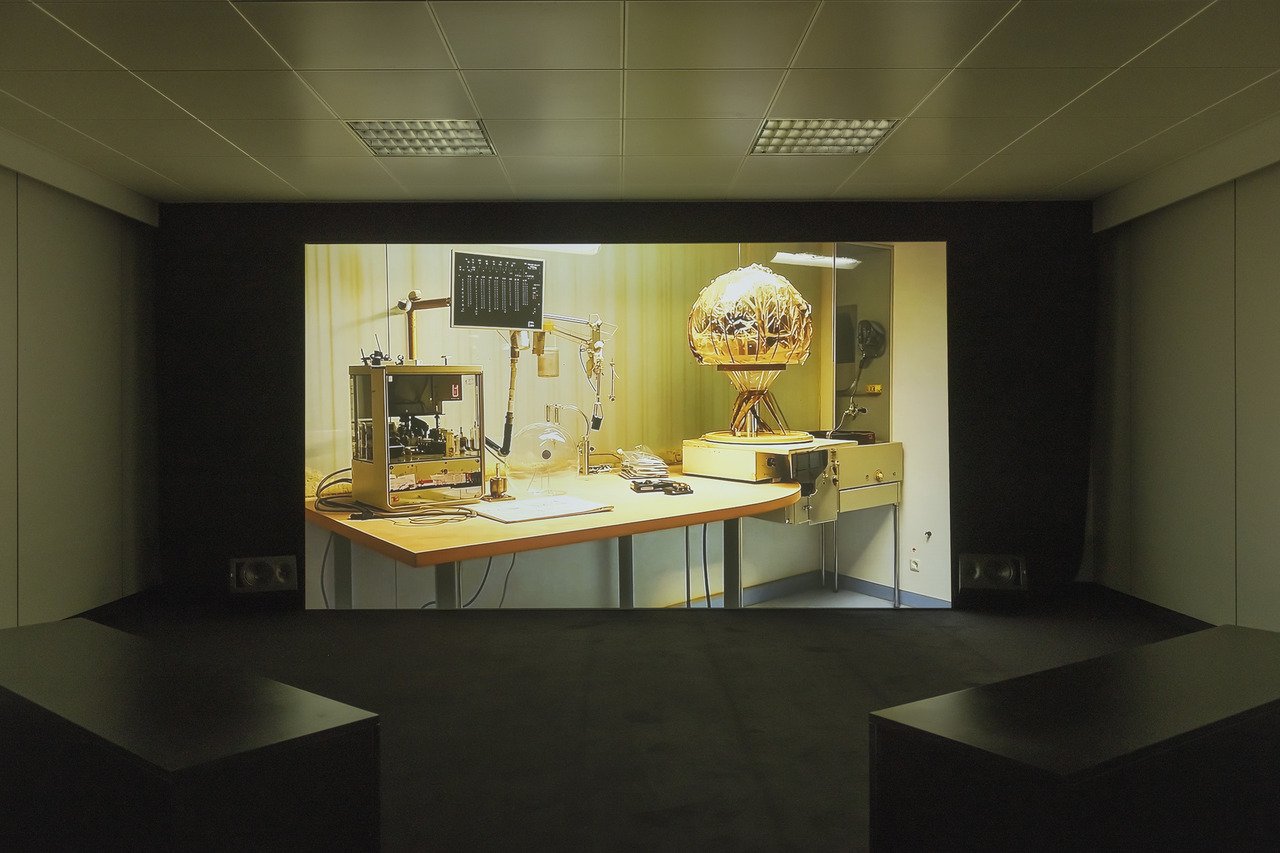
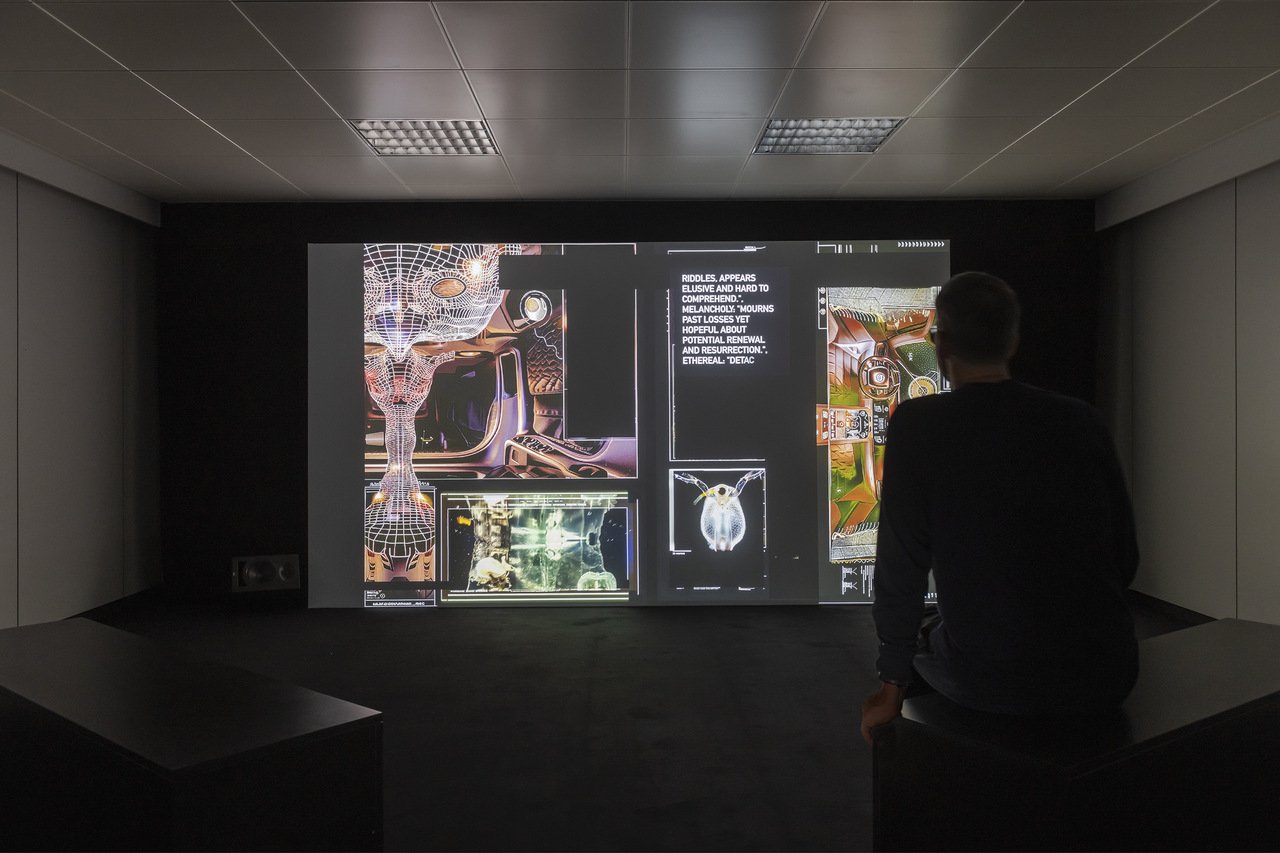
Video game associations spring to mind while watching Joey Holder’s video essay Abiogenesis (2025), presented downstairs. The work imagines the titular process – the emergence of life from nonliving matter, crossing the threshold from non-life to life – in a world devoid of humans, where evolution persists: new species arise through a fusion with advanced technological systems. Abiogenesis is a semi-static survey of new life forms introduced as beings governed by logic and timescales radically different from our own (one example is the volcanic sponge with a lifespan of 15,000 years). Each creature is neatly described, its parameters clearly listed in a style resembling either images made by machines for machines or RPG aesthetics with their characteristic parameters of classes listed in infoboxes; despite their matter-of-factness the descriptions are witty – sometimes even warm – betraying a genuine sense of inquisitiveness and empathy towards the subjects. The piece deliberately forgoes narration, and although the screen teems with information, its contemplative pacing – and the very silence where a narrator might be – nurtures the work’s core of curiosity and exploration.
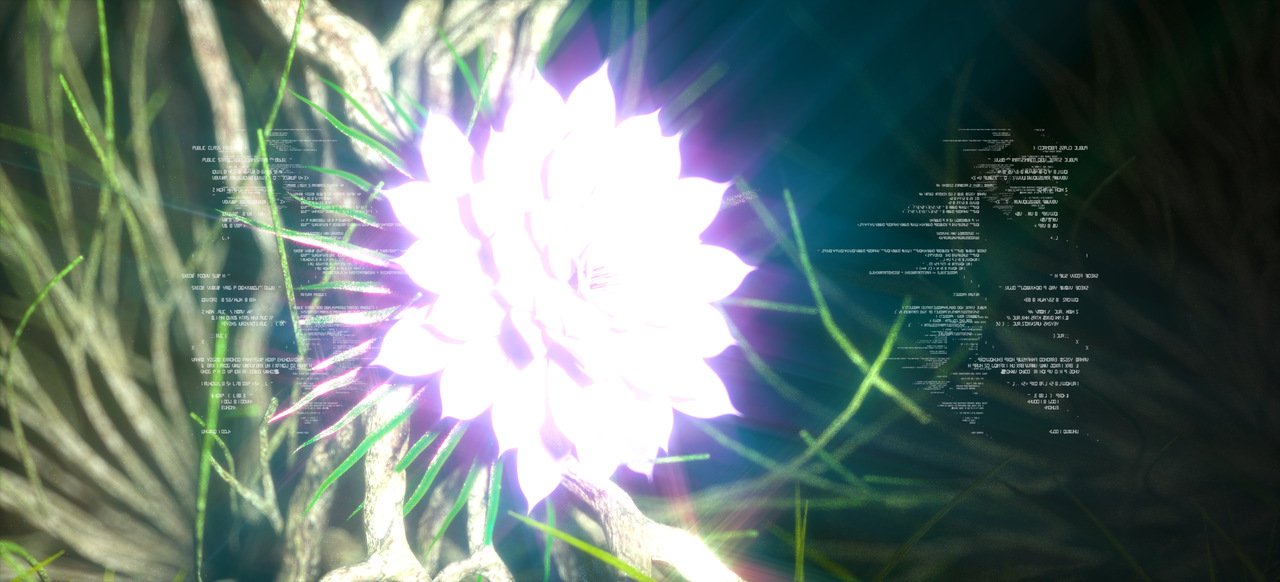
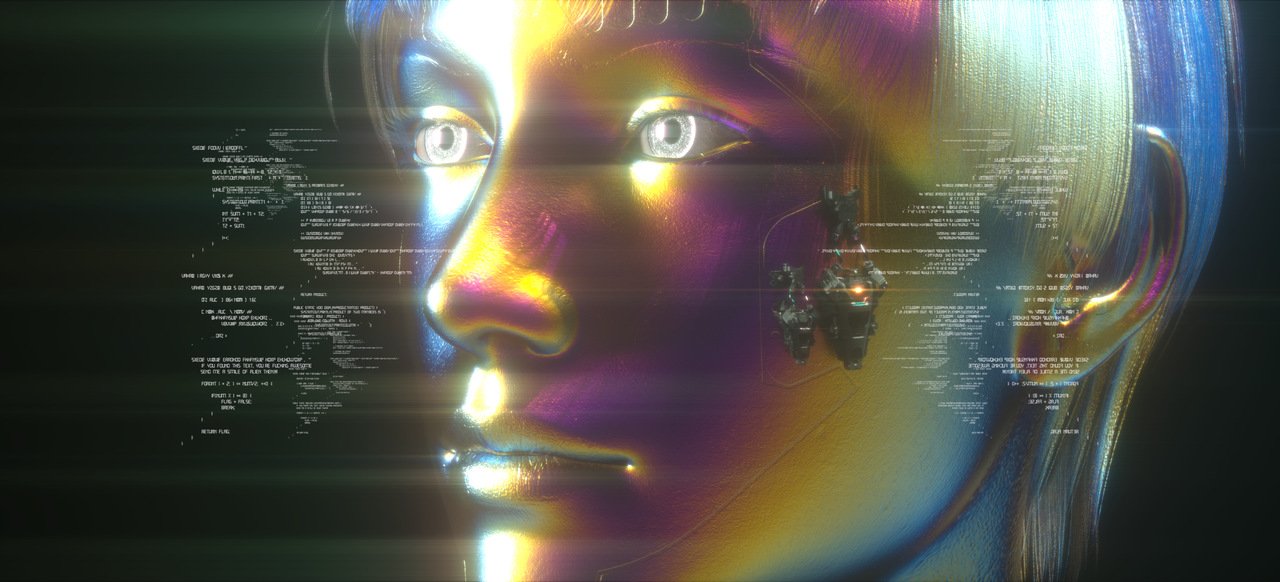
Abiogenesis alternates with Sybil Montet’s Geomancy (2024), a 3D animation which takes the art of divination, interpreting elements of the landscape, reading meaning in the arrangements of rocks, soil, and sand, as a starting point. To bridge ancient techniques of making sense of the world with the future ones, the artist used a custom algorithm which recasts global weather patterns as speculative, hyper-real visuals, seamlessly melding cutting-edge CGI with artificial intelligence. Like a fever dream, we follow cyborg protagonists through an eerie, shifting landscape, a perfect setting where ancestral knowledge and advanced technology fuse to create an environment in which all beings flourish. Visually the piece is arresting: the resolution is so razor-sharp it almost cuts the eye, and otherworldly aesthetics draws one in. Yet, Geomancy’s message falls flat, landing dangerously close to undiscerning techno-optimism, a type of romanticism which suits more the happy-hardcore 90s, when the world, still innocent to AI, was witnessing the development of the internet with hopeful anticipation. Here, though, the piece feels like little more than aesthetics and the novelty of the tools that produced the work; surface becomes substance, the work becomes its aesthetics. There’s nothing inherently wrong with utopias; unfortunately, some visions are no longer believable: Montet’s vision will remain a dream—undeniably beautiful, yet ultimately fleeting.
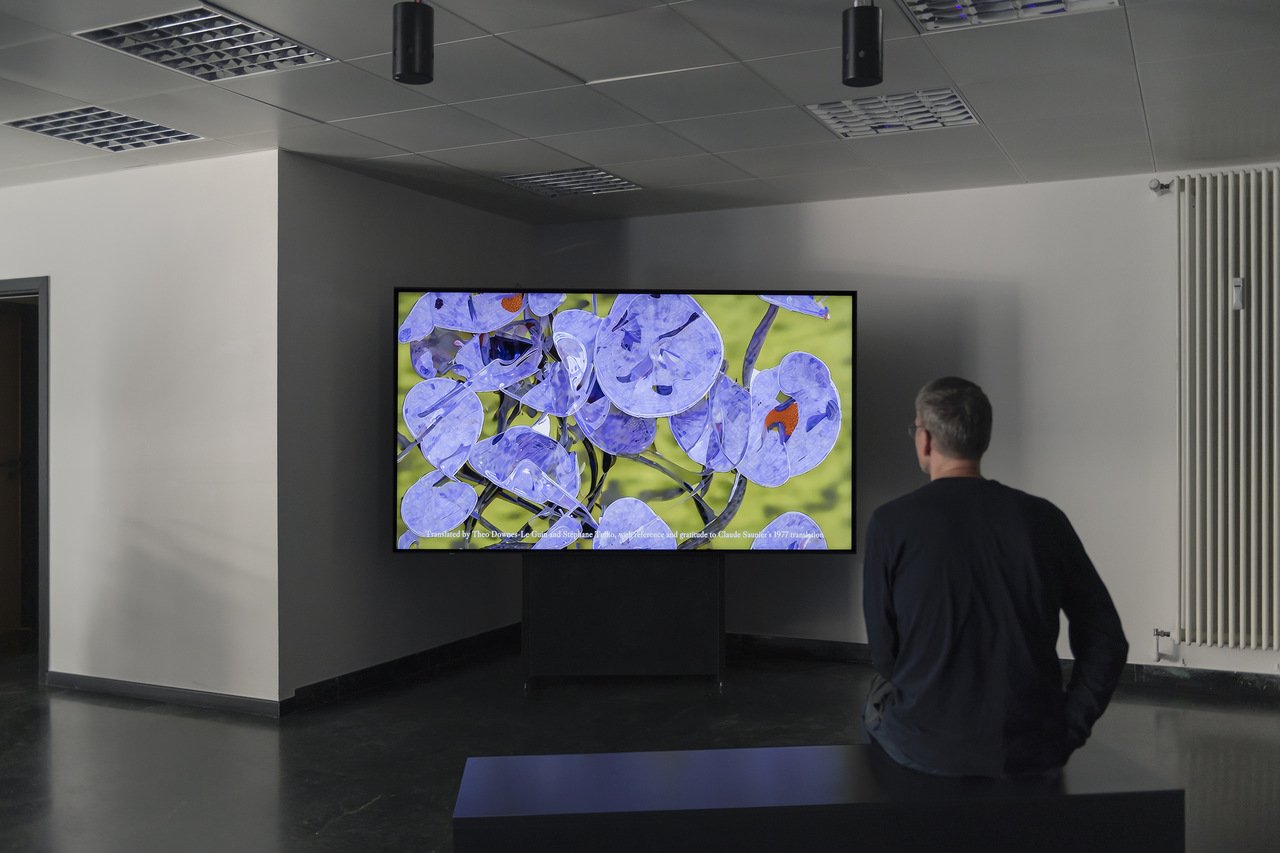
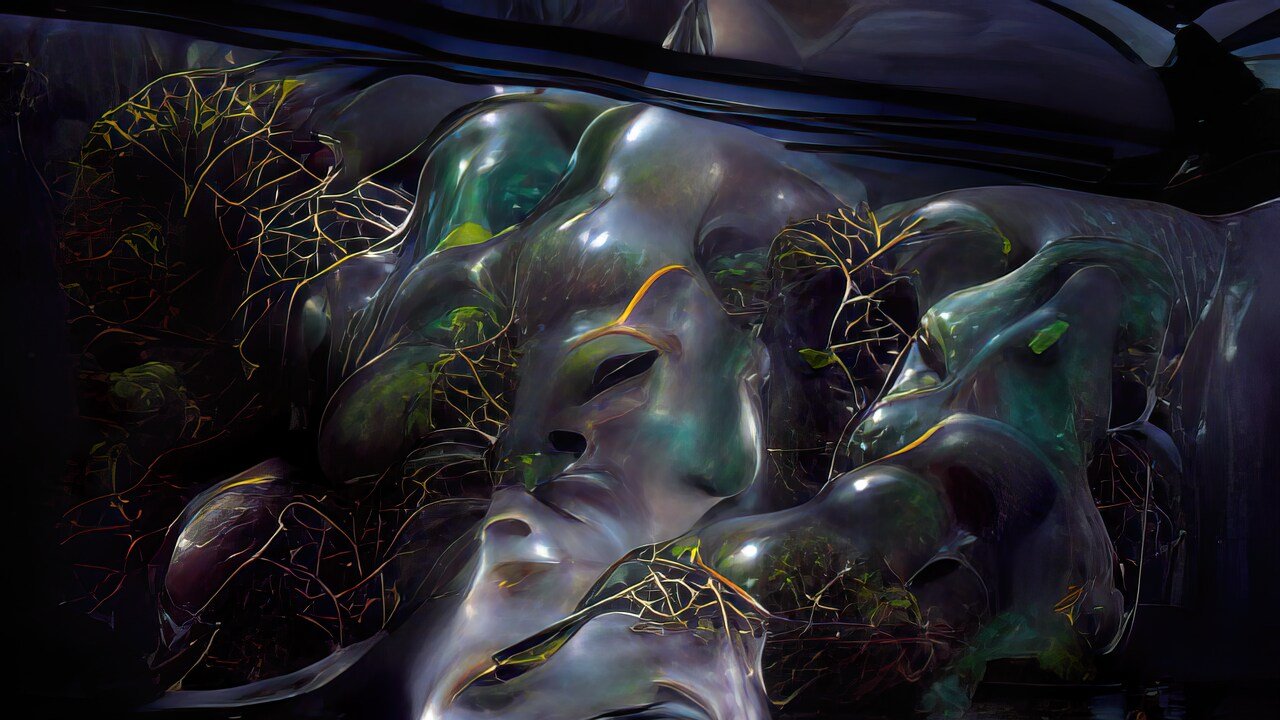
A similar flaw surfaces in CROSSLUCID’s Vaster than Empires (2023). Inspired by Ursula K. Le Guin’s Vaster than Empires and More Slow (1971), it relies on a custom large-language model to generate a continuously morphing tableau of amorphous shapes and colours – fluid, elusive, and ungraspable. Vaster than Empires is a beautiful piece: organic forms transform, shift, and flow, at times resembling human organs, and leap through fungal roots, tree branches, leaves, and crystalline structures, all interwoven with story fragments voiced by Theo Downes-Le Guin, the writer’s son. Le Guin’s narrative is told through the eyes of a research team dispatched to study a newly discovered planet. The world proves to be a single, planet-wide organism made entirely of flora – opaque to every scientist but one, whose mixed-blessing of empathy lets them sense and share the feelings of others as their own. CROSSLUCID elevates the secondary protagonist to the role of the primary one and retells the story from an alternate vantage – that of a non-human, planet-wide intelligence. This strategy can be read as a parallel between the algorithm and a non-human consciousness, hinting that it operates not only by mechanics beyond our grasp, but also by a logic that is incompatible by our own: after all, in the short story, attempts at cohabitation between humans and the planet’s vast intelligence fail. The world recoils in terror when the expedition arrives and that fear floods into the researchers themselves. In the end the team withdraws, leaving the planet behind – and the empath’s fate unresolved.
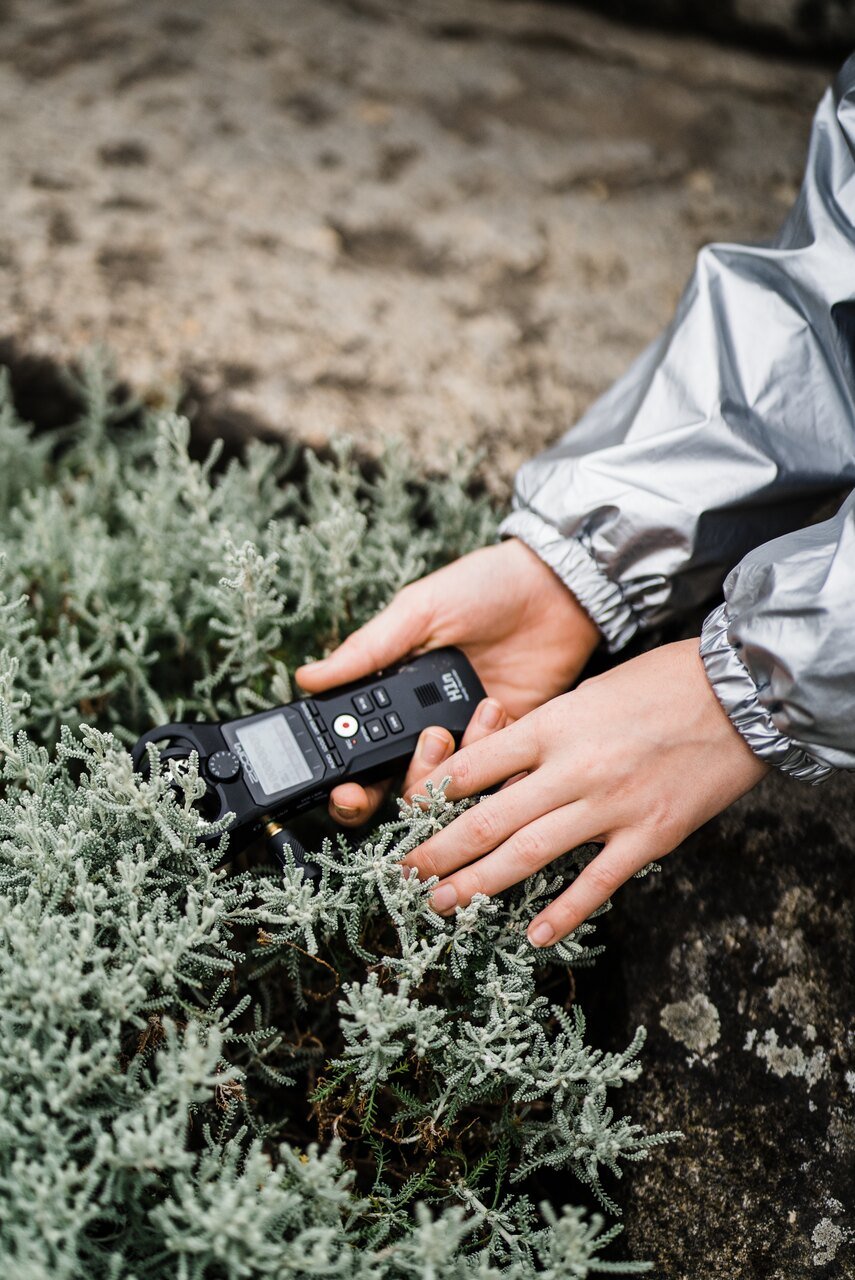
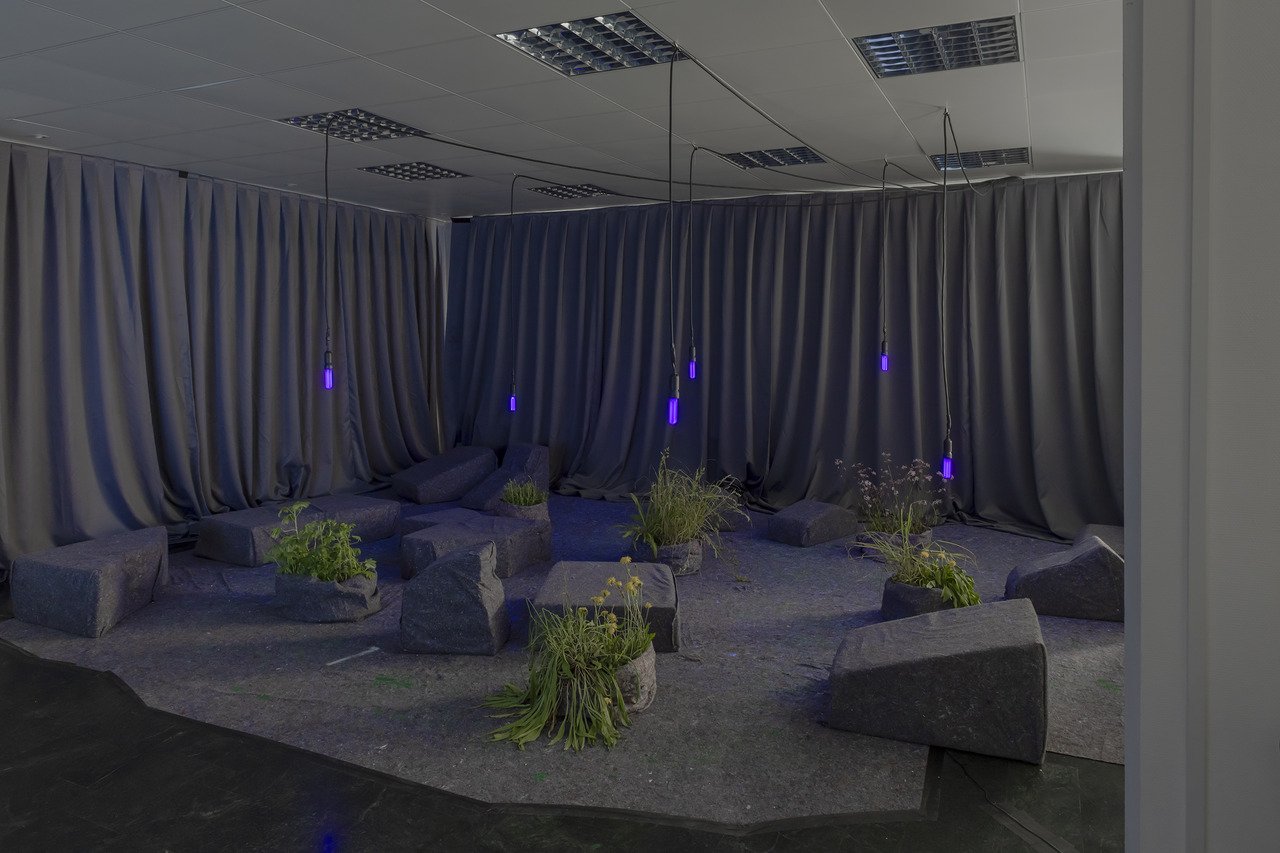
Humanity’s struggle to communicate with an unknowable Other is a venerable science-fiction motif: Stanisław Lem’s Solaris (1961), Ted Chiang’s Story of Your Life (1998), Jeff VanderMeer’s Annihilation (2014), and Peter Watts’s Blindsight (2006) all furnish rich, finely shaded explorations of it. Alas, measured against these literary touchstones, Vaster than Empires feels slight by comparison: the intricate process and deep reflection the artists invest remain invisible in the finished work, leaving it reliant perhaps too much on its aesthetic merit and technical prowess. Nevertheless, the work is a clever narrative experiment, imagining an entity that neither thinks nor reasons in terms of cause and effect, but instead experiences reality as a simultaneous stream – just as Deleuze and Guattari, along with Ingold, the festival’s patrons, envisioned.
This is exemplary to Hybrid Futures as a project: it never pretends that digital art has solved the riddle of how medium and message can truly co-evolve; instead, it stages that struggle in real time. Even though parts of the works shown drifted towards hi-res spectacle, their constellation’s true achievement is the ecosystem they sketch – a living rhizome / meshwork where misfires are as instructive as triumphs. Cultivating this spirit is a necessity – a precondition for the digital art field to mature, to fold into the broader conversation in the arts rather than orbit it as a technologically intriguing sideshow. Elektron’s artists provide much more than case studies: they refuse the safety of a polished consensus, rather inviting the viewers into a laboratory where what lies ahead for digital art is a terrain still in flux, and is amorphous and hybrid. After all: “The more you know of the future, the less likely you are to shape it as you desire.”[1]
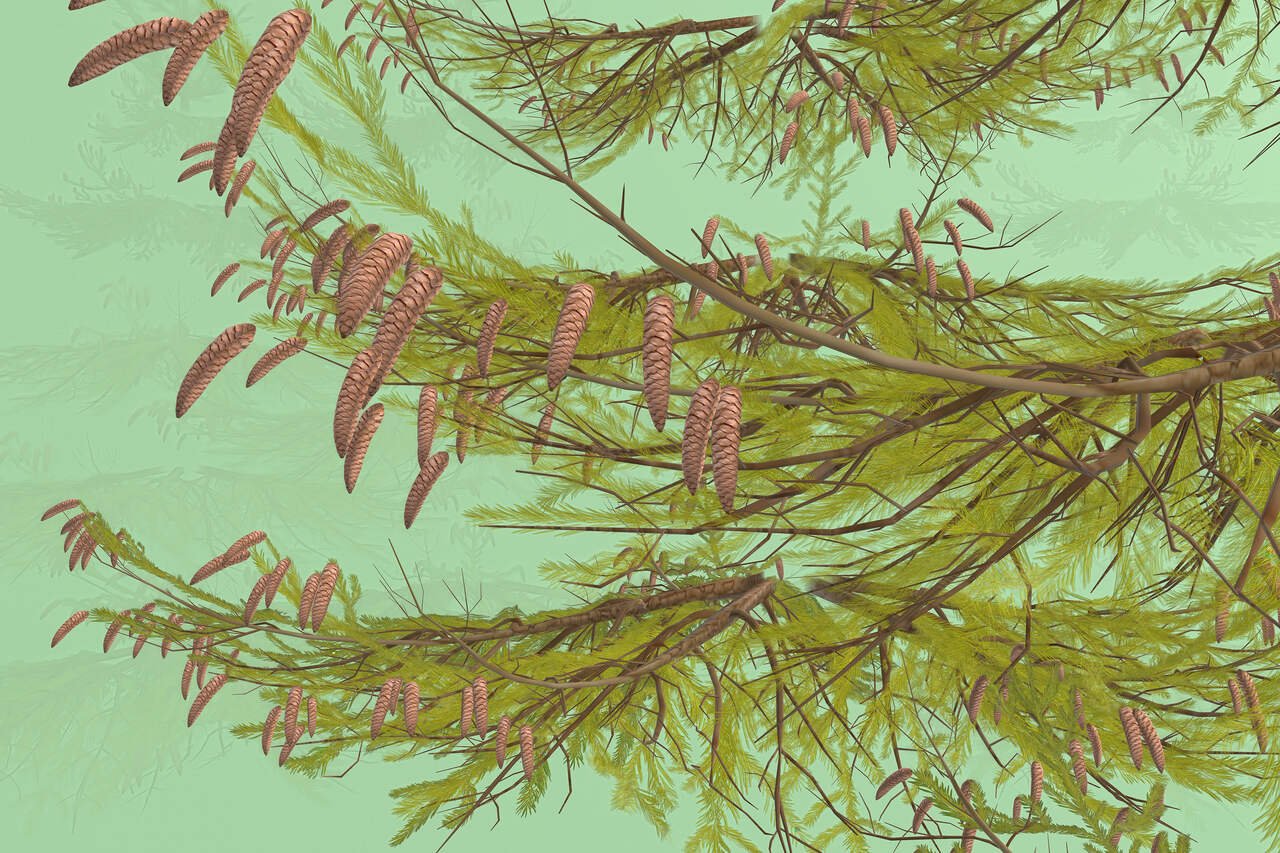

[1] Prometheus to Melinoë in Hades 2 (Supergiant Games, 2024-2025), source: https://hades.fandom.com/wiki/Prometheus/Quotes, last accessed: 04.06.2025.
Artists: Alice Bucknell, CROSSLUCID, Bruce Eesly, Joey Holder, Miguel Ângelo Marques, Sybil Montet, Tamiko Thiel and /p
Curated by: Vincent Crapon, Françoise Poos
Exhibition Title: Hybrid Futures: Rhizomes, Meshworks and Alter-Ecologies
Place (Country/Location): Esch-sur-Alzette, Luxembourg
Dates: 17 May – 26 July 2025
Special thanks: Arash Shahali
Photos: All images courtesy of Elektron, Luxembourg.
